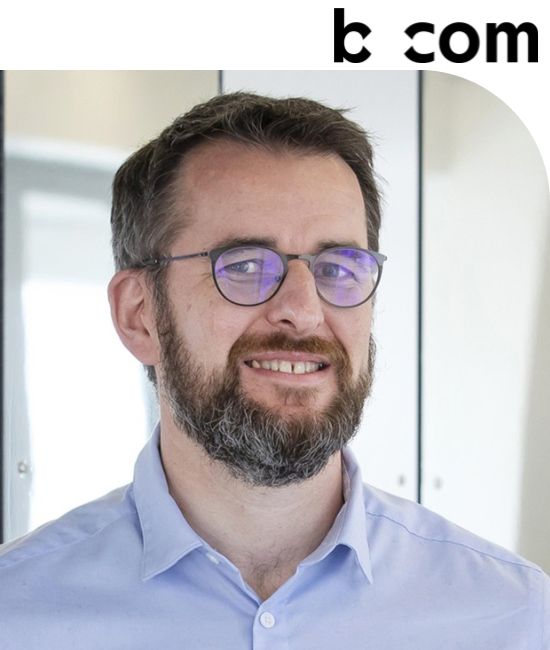14:10 - 14:35
Description
Many industry and construction 4.0 use cases such as maintenance, production line planning, or default detection require displaying in AR and updating over time complex Digital Twins at a very large scale. By moving spatial computing and rendering into the cloud or at the edge based on 5G connectivity, we will show how the AR cloud platform developed in the context of the EU Research and Innovation project ARtwin can meet these requirements, whatever the AR device capabilities.
Speakers



Related Sessions
10:05 - 10:30
Description
In addition to supplying Moverio - a range of finished models of AR smart glasses, for certain verticals, Epson is now offering their core microdisplay technology together with the original optical engine to market.
The new solution is set to transform various emerging applications and innovative products, by enabling easy integration of AR capability and making it easy to develop a custom head-mounted binocular see-through display.
Speakers

10:35 - 11:00
Description
Moving from VR to AR enables us to visually engage in the real world but presents great challenges for optics. How do we create a display that does not look like a display?
Speakers

11:05 - 11:30
Description
What does it mean that something is "real"? In this talk, Nils Pihl of Auki Labs explores how language itself is augmented reality technology, and how the human shamanic impulse and memetics can inform us about the future of AR as a medium, and why sharable AR is the penultimate step in human communication before direct neural interfaces.
Exploring the history and intersection of language, AR and shamanic traditions through the lens of memetics and behavioral psychology, Nils explores what it means for something to be "real" and what "augmenting reality" really means in the context of human interactions.
Speakers

11:35 - 12:00
Description
Many businesses struggle with getting users on their SDK, platform, or product. Learn how you can grow your business by appealing to average consumers and working with the XR community. Create a win-win situation for XR businesses and users.
Speakers

12:45 - 13:35
Description
The recently funded Horizon Europe project XR4Human, comprises a consortium of researchers, developers and users to promote a Human-centered XR system. The consortium aims at developing European standards for XR that help accelerate an ethical and human-centered development process for hardware and software manufacturers, thereby benefiting technically and commercially from highly usable and inclusive systems. Privacy, safety, ethical, legal and interoperability issues are discussed with the view of bridging the gap between industry and academia as well as cross-industry collaboration, to solve the challenges of tomorrow.
Join these inspiring speakers for a discussion around responsible innovation that takes into consideration privacy, safety, ethical and legal implications and their intersection for a socially acceptable XR governance.
Speakers


